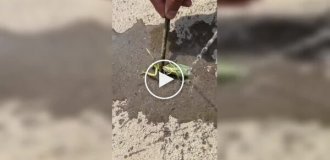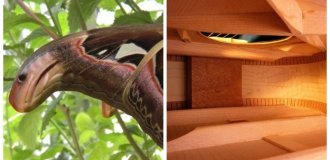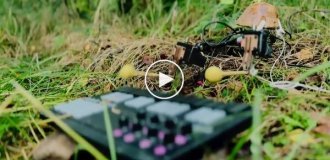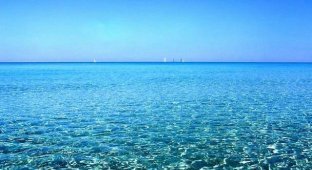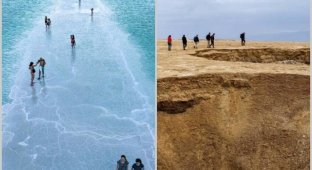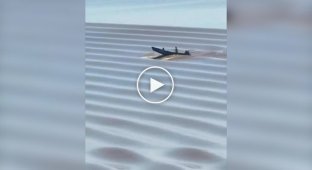Sargasso Sea: a “floating desert” that has no end (4 photos)
This amazing sea impresses not only travelers and sailors, but also outstanding scientists. This is because it has no shores, and the location of this sea is constantly changing. 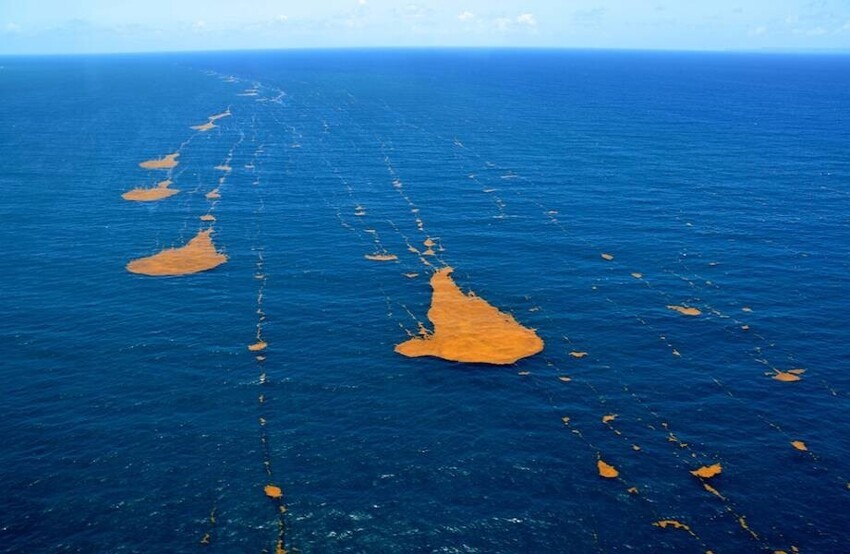
Endless sea
The Sargasso Sea, part of a huge vortex known as the North Atlantic Gyre, is often described as a lifeless oceanic desert. And so it would be, if not for the floating accumulations of sargassum algae, within which life lives. 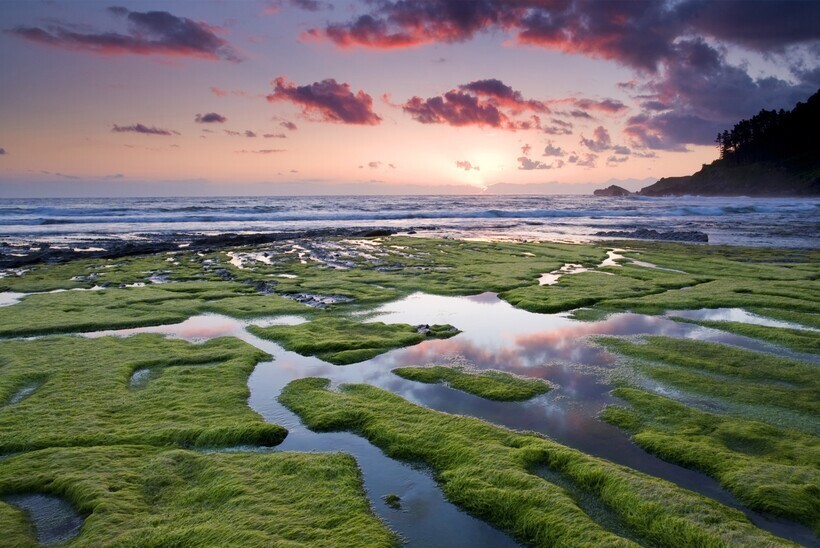
Algae of the Sargasso Sea
The algae covering its surface are actually a deceptive shell for a section of the ocean, which makes one think that the boundary of the sea is precisely marked by them. Interestingly, even in this ocean “desert” there is life that has adapted to survive among the algae.
The Sargasso Sea has long been associated with mystery. It intersects with the mythical region known as the Bermuda Triangle, where ships and planes are said to disappear without a trace. Regardless of whether you believe in legends or not, when you are in the Sargasso Sea, it is impossible not to think of these stories. 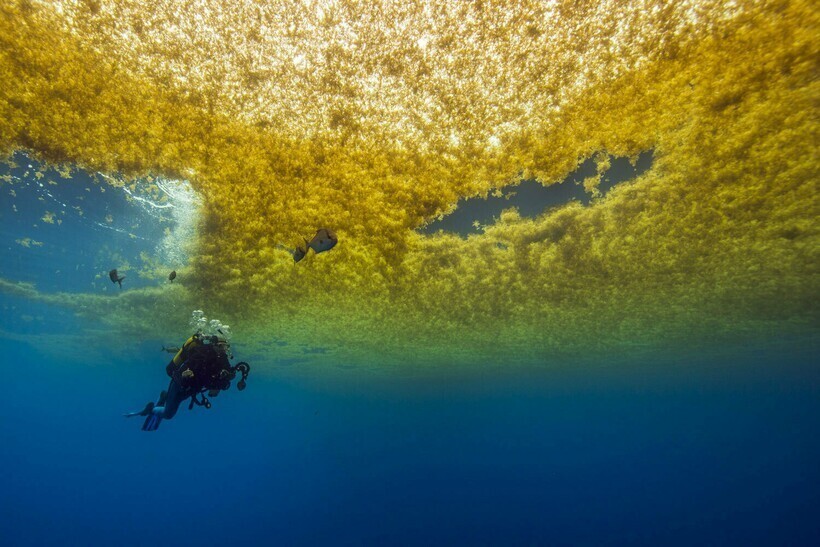
Sargassum thickets
Mysterious sea
At first glance, seaweed may seem unremarkable - just tufts of drifting plants - but sargassum is the basis of a complex ecosystem that supports a stunning diversity of marine life. The kelp branches also serve as a “mobile shelter” and a mobile “banquet table” for ocean inhabitants. 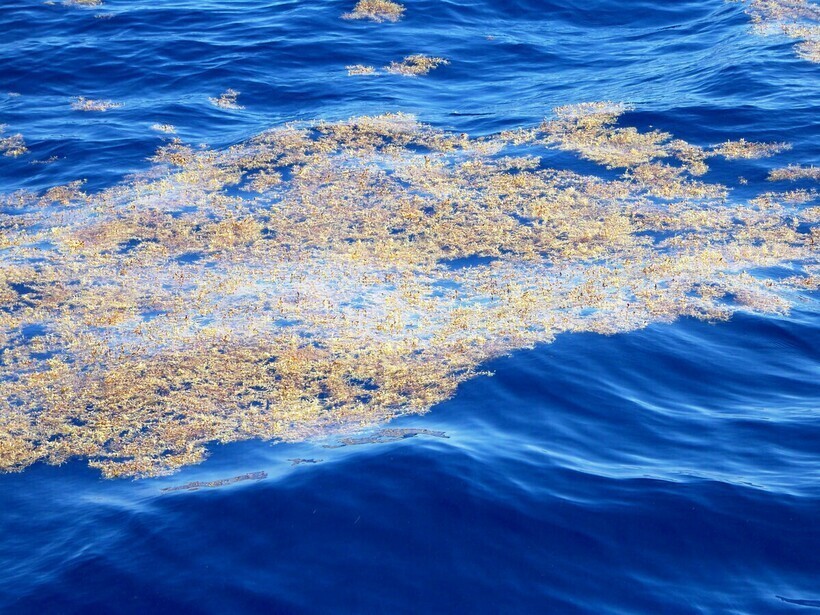
Sargassum.
Sargassum grows in nutrient-rich areas near the coasts of North and South America, especially in the Gulf of Mexico. Currents carry them around the Florida peninsula, where they are picked up by the northward Gulf Stream and eventually end up in the Sargasso Sea. Its tangled braids support an amazing diversity of organisms that hide and feed on the algae. According to one study, there are larvae and juveniles of 122 different species of fish, as well as baby sea turtles, nudibranchs, seahorses, crabs, shrimp and snails.






